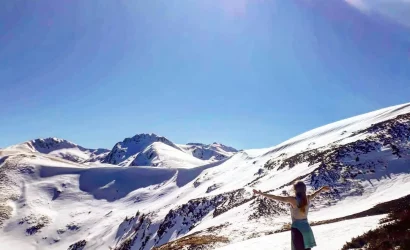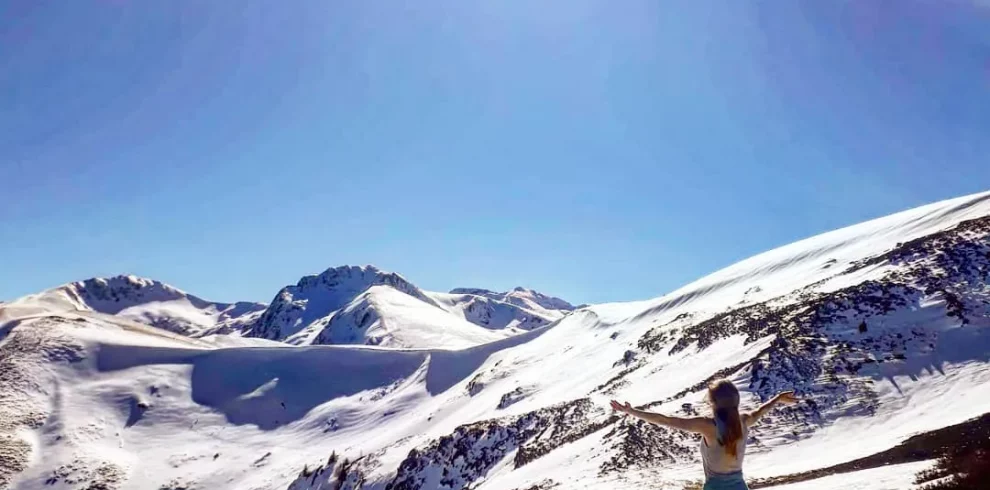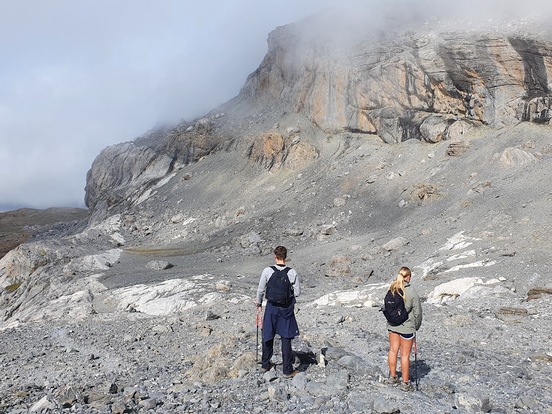With Jonnie Miller and Anne Arran
Be inspired by red ochre sands in the “Valley of the Moon,” and see jagged sandstone cliffs etched with ancient whispers. Feel sand beneath your toes, see the bedouin ways and how the sky transforms into a cathedral of stars at night. Embrace the ethereal silence of Wadi Rum and Petra and share in discussions and information from the campaign of Lawrence and his actions here with local people and in the surrounding area. Take the opportunity to climb Jordan’s highest peak, to survey the area and visit Aqaba Fort, coastline and beach to embrace the sea. See Abu al-Lissan where Lawrence participated in a cavalry charge of 450 horses and camels.
Our style: We can offer it with more of a history focus using jeeps to move or as a challenge covering more km each day. We thought long and hard about where Lawrence trod over the satellite map, his taking of Aqaba and context archaeological sites where traces were found, hope you enjoy it!
LAST MINUTE OFFER – 2 OR MORE PEOPLE BOOKING AT ONCE £1550 PER PERSON
Overview and what makes it special?
Complete a desert trek to ascend Jordan’s highest peak, Jebel Um Adaami, and see the Seven Pillars of Wisdom, named after the book by T. E. Lawrence (Lawrence of Arabia). Trek in his footsteps and scramble along ancient Bedouin routes used for thousands of years guided by members of the local Zilabia tribe and our leader. See the sea port of Aqaba where 1916 T.E. Lawrence took Aqaba Fort and have the chance to snorkel and enjoy the sea. We move on into Petra where you will see it by night and experience its Nabatean wonders.
As one of the world’s richest and largest archaeological sites Petra holds elaborate tomb and temple architecture; religious high places; the remnant channels, tunnels and diversion dams that combined with a vast network of cisterns and reservoirs which controlled and conserved seasonal rains, and extensive archaeological remains.
What makes it special?
We will focus on history primarily and have visited the area before many times either trekking or rock climbing.
Our Team – Anne Arran and Jonnie Miller
We have a strong combination of years of experience leading trekking routes in Wadi Rum, the great desert and mountain ranges of North Africa and the Middle East. Jonnie has a military background and Anne can give many an insight from having climbed in the region, following in the footsteps of the Bedouin and having planned groundbreaking expeditions establishing new climbing routes around the world. We are international mountain leaders and feel a close connection to the local area and community.
A Typical day
After a tasty breakfast, we are usually on the trail by around 7.45 am and walk for around 3‑4 hours. Lunch is usually a 1-hour break or longer, depending on the heat of the day. The afternoon walk is generally a little shorter and the Bedouin camp is reached by around 3.30 ‑ 4.30 pm. Dinner is usually served between 6‑7 pm. Time to enjoy excellent Bedouin hospitality on the starry desert nights.
Contact us
We are happy to arrange a whatsapp or zoom to discuss the trip. Complete a contact form and we will be right back to you.
What you can look forward to:
- ✓ 3 nights desert camping with the Bedouin community
- ✓ Visit to Petra UNESCO World Heritage site and Wadi Rum following in the footsteps of Lawrence of Arabia’s journey to Aqaba
- ✓ Archaeological and historical interest
- ✓ Small group with experienced guides
- ✓ Summit Jordan’s highest mountain on the border with Saudi Arabia
- ✓ Local and international Freedom Trail Treks guides with a superb knowledge of the local culture and history
- Half - full days trekking on all days except arrival day
- See Aqaba and see the Fort of Aqaba as well as a chance to snorkel and explore the coast


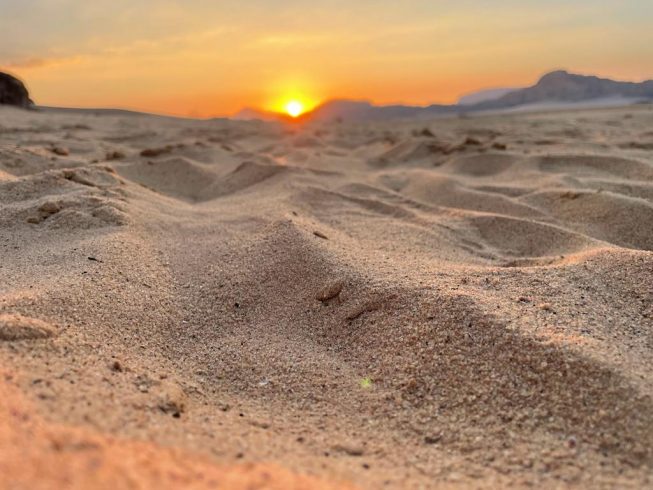

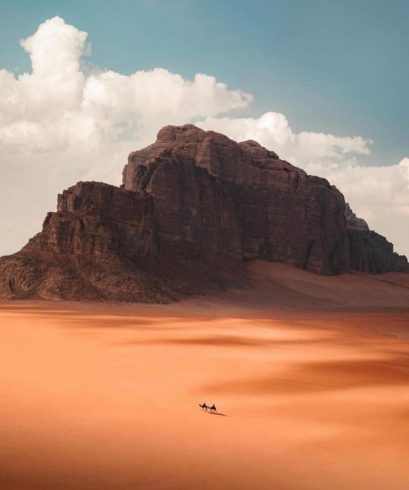
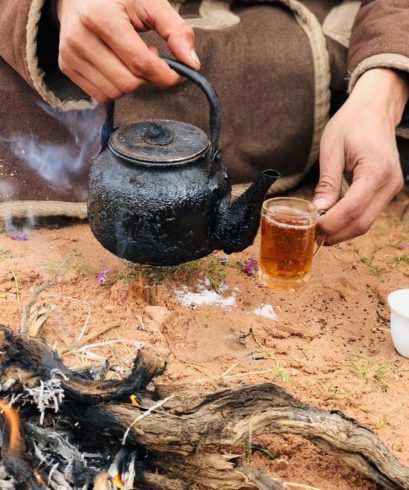
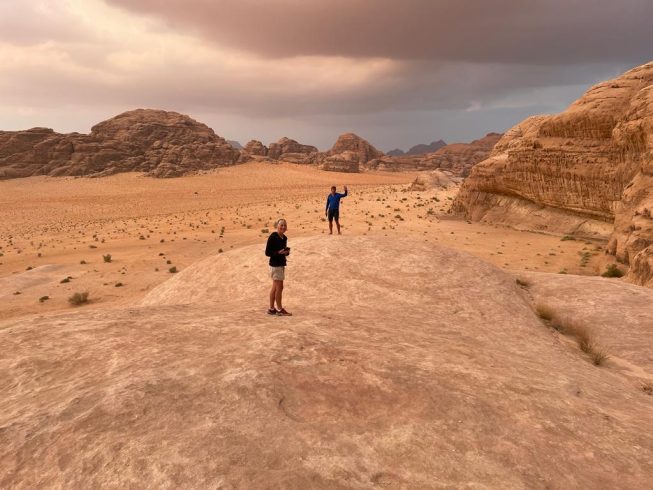
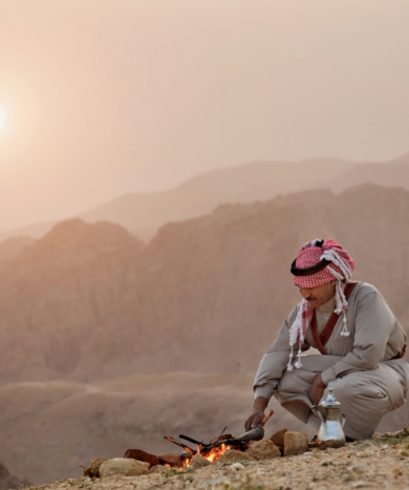
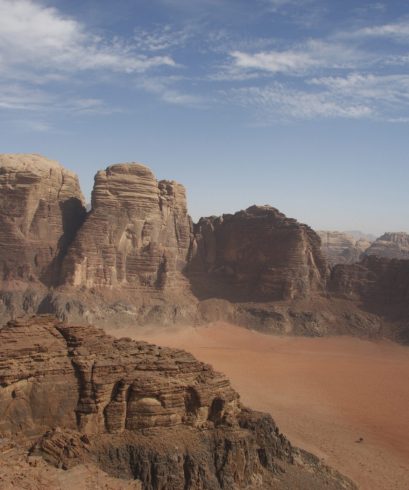
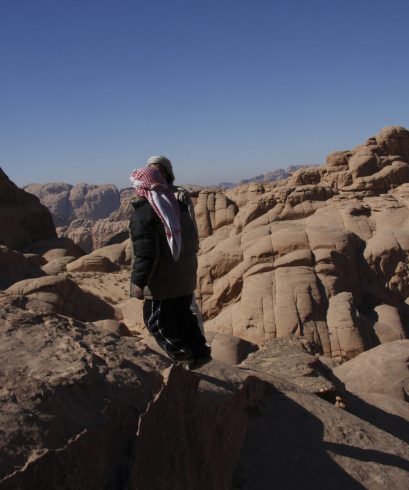
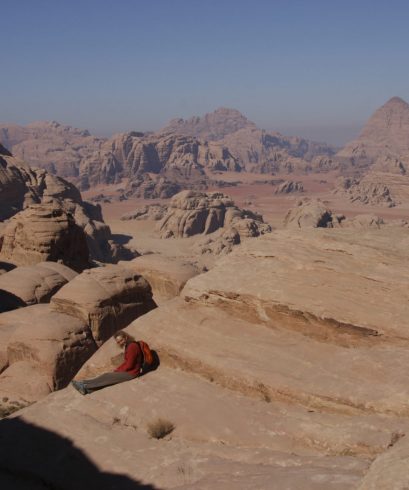
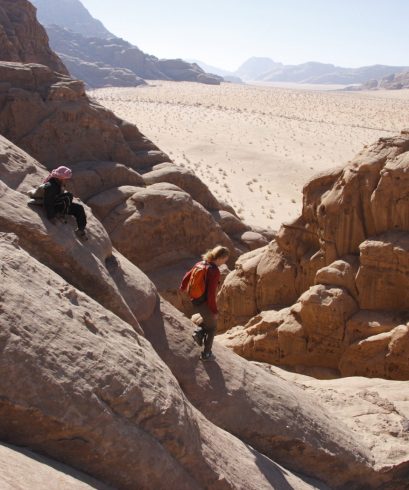
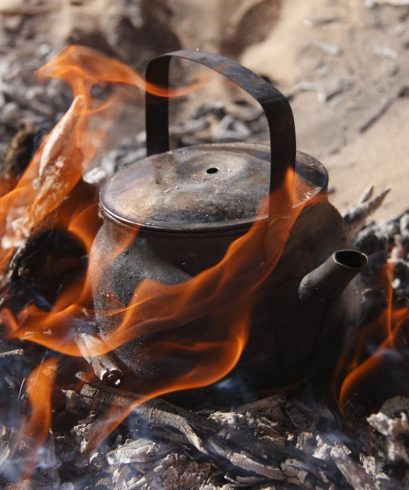
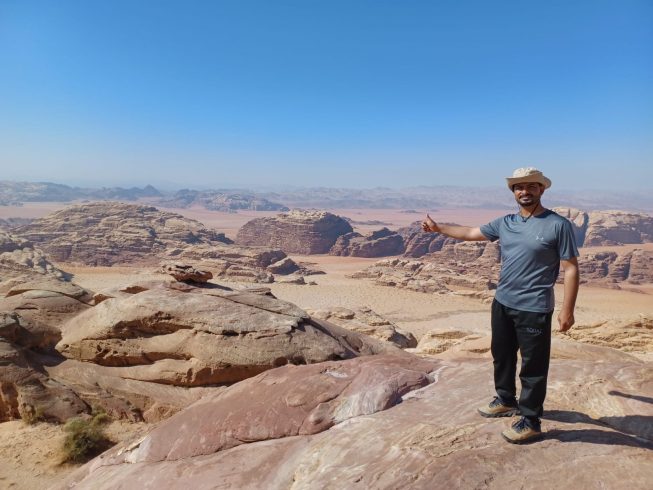
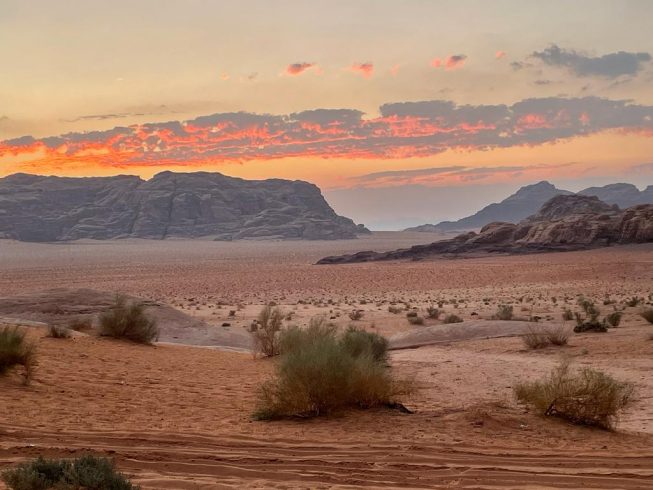



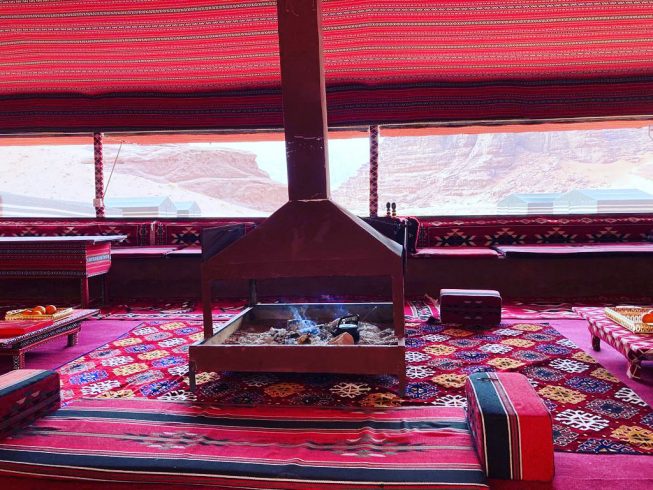
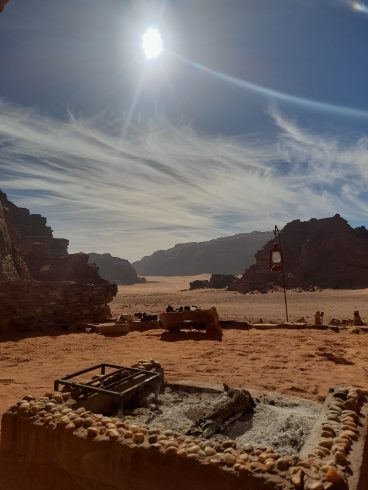

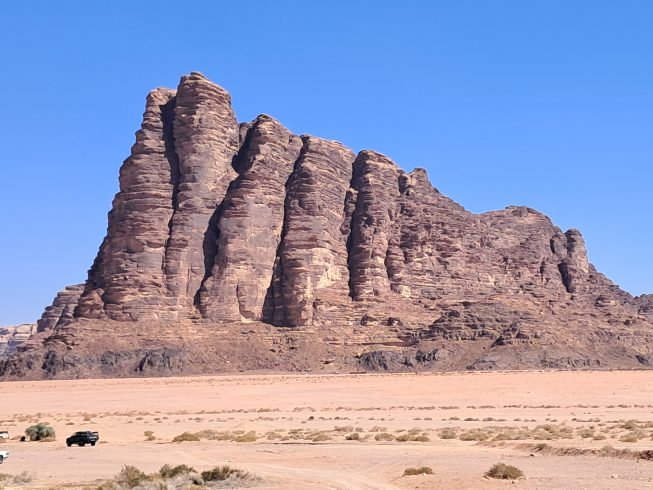
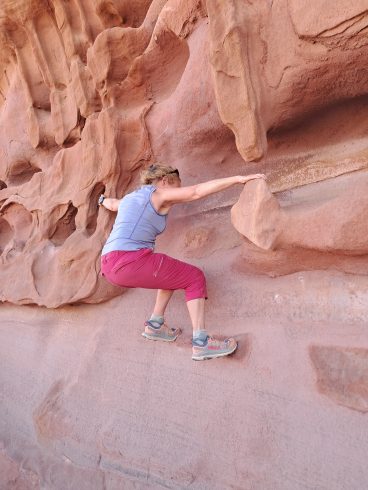
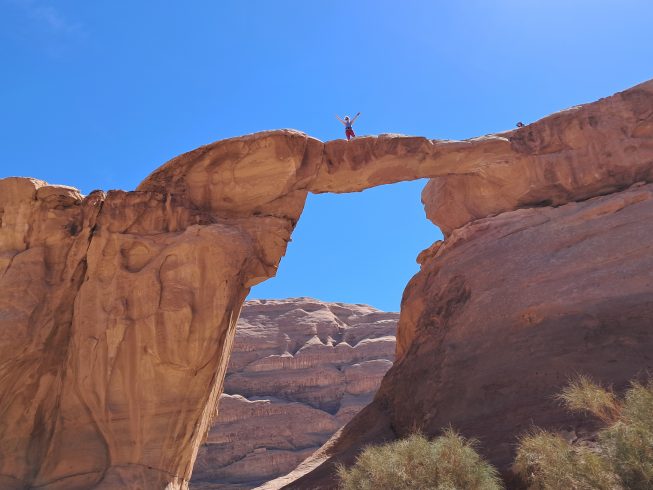
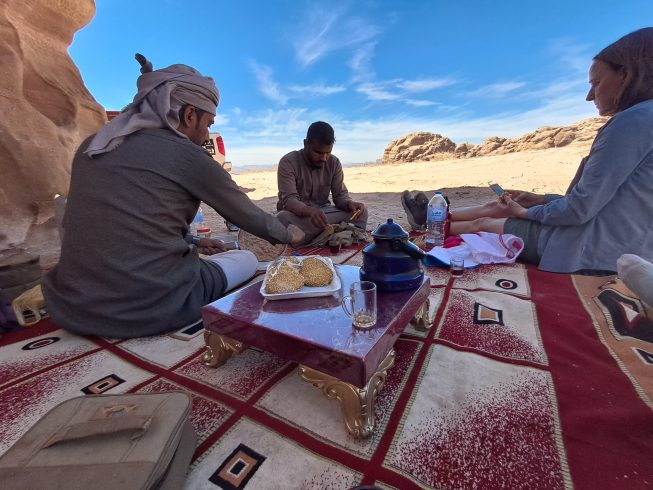
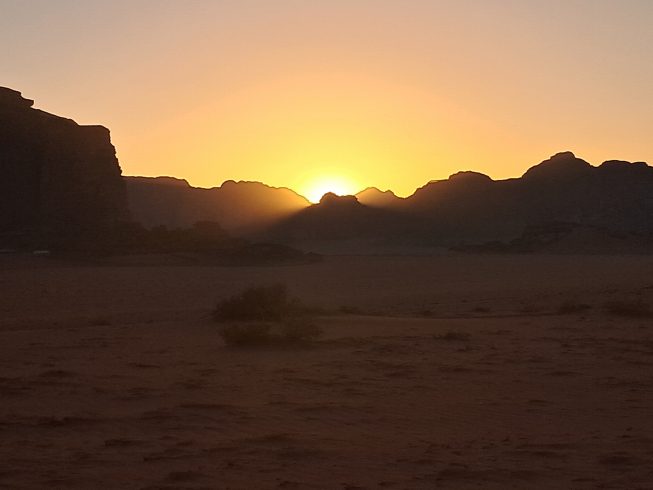
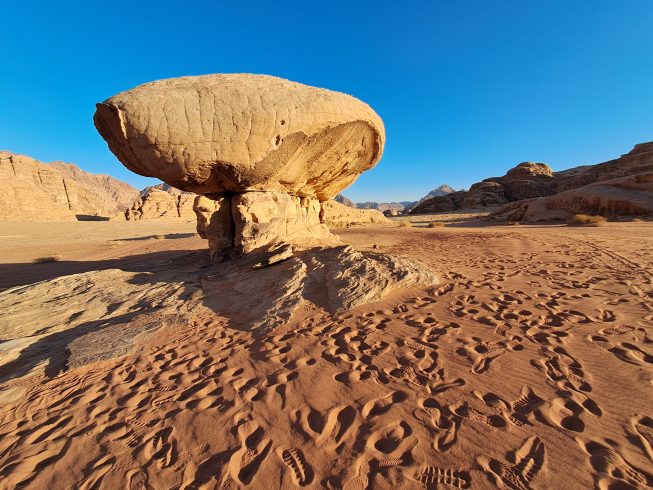
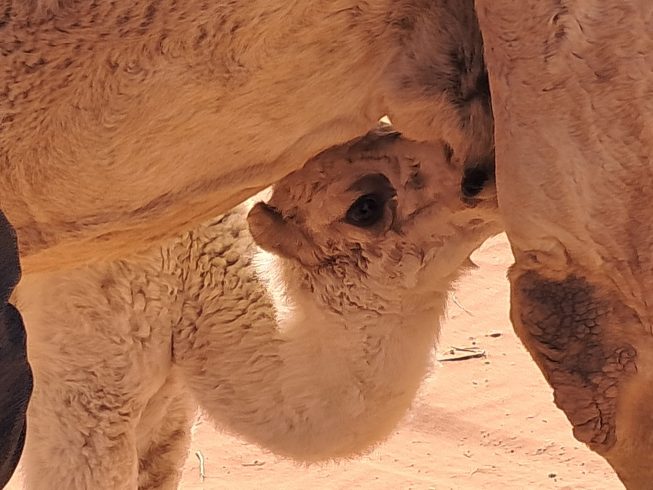
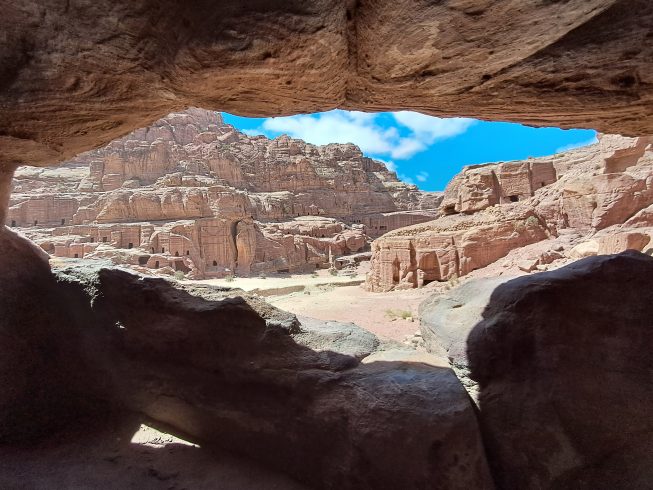




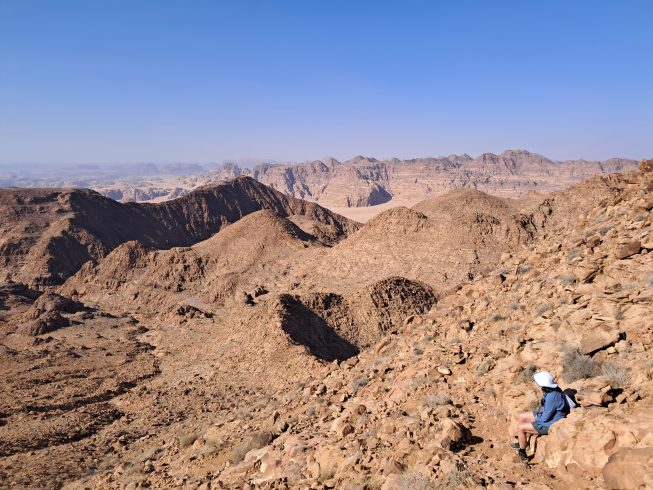
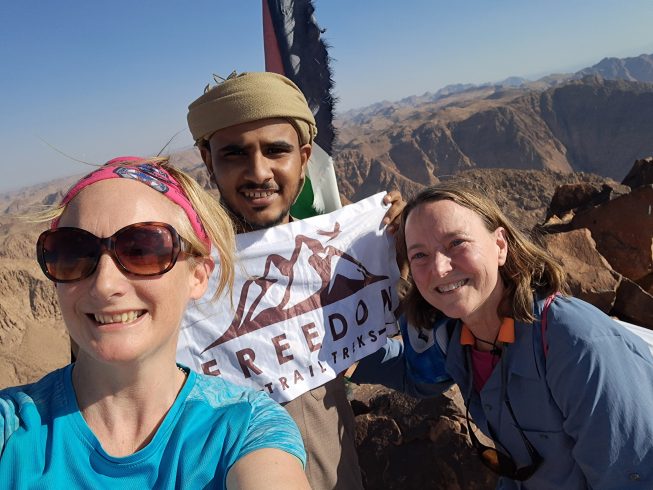
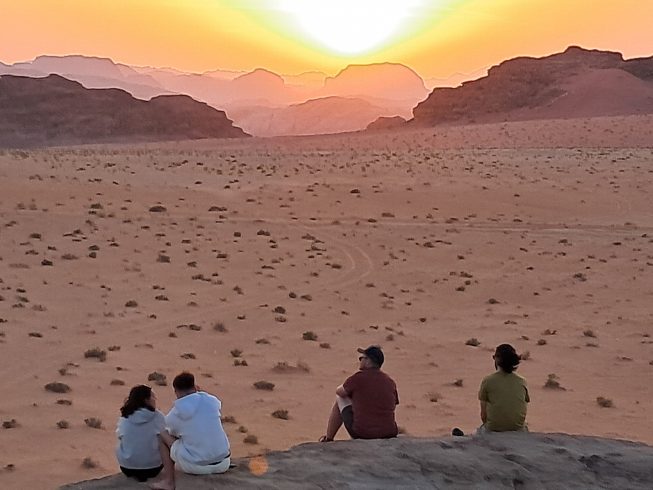

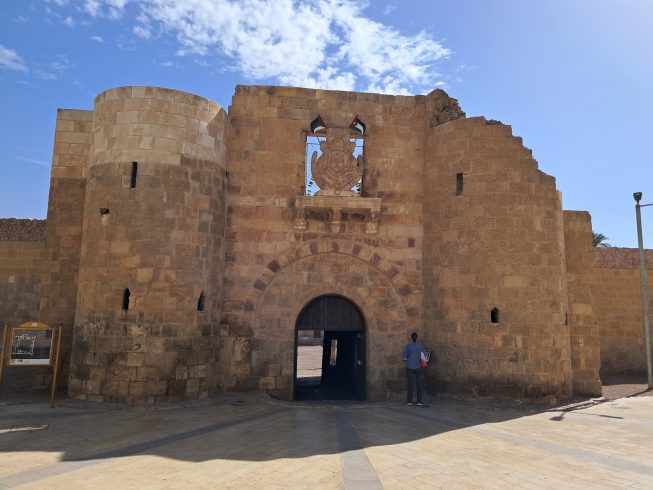
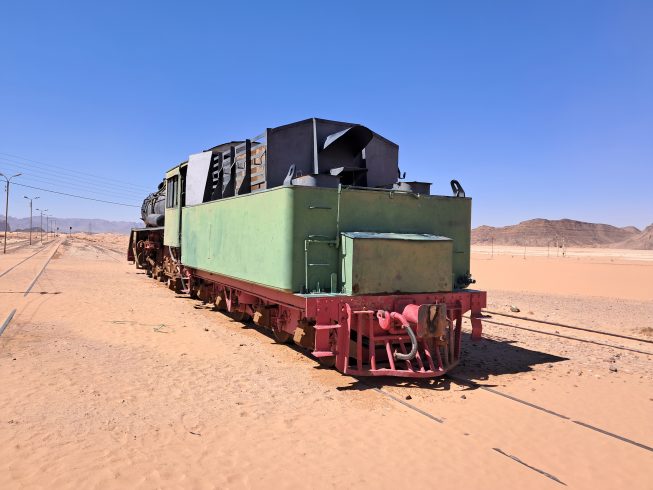
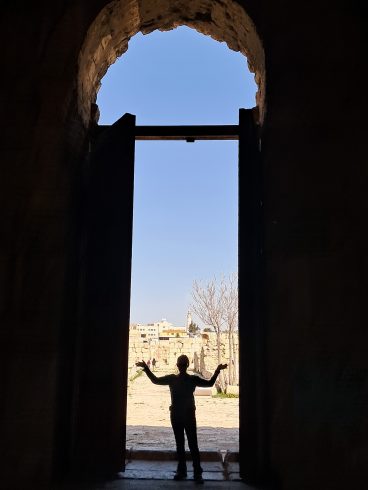

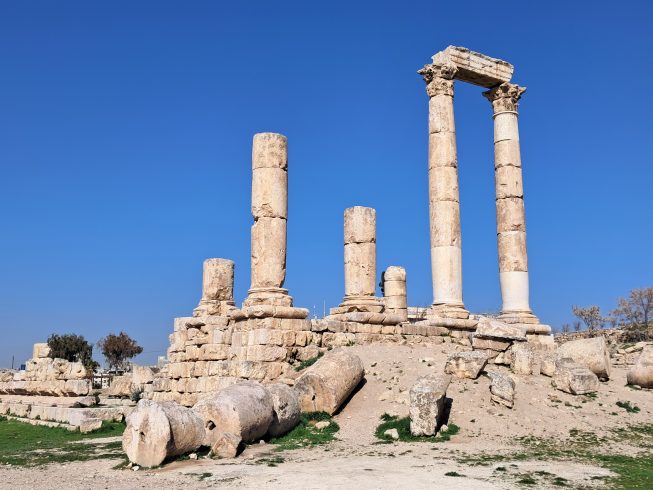

 We will meet our jeeps and desert team at Wadi Rum Visitors centre taking lunch in the desert. Our jeeps will take us to experience the 7 Pillars of Wisdom and Lawrence Spring, seeing Nabatean inscriptions on the way. We will feel the sand and explore carvings!
We will meet our jeeps and desert team at Wadi Rum Visitors centre taking lunch in the desert. Our jeeps will take us to experience the 7 Pillars of Wisdom and Lawrence Spring, seeing Nabatean inscriptions on the way. We will feel the sand and explore carvings!